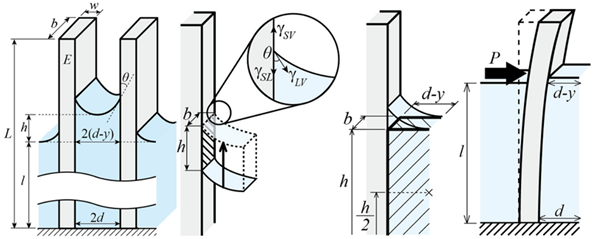
Laboratory of Mechanical and Functional MaterialsHokkaido University
Researches
Detection of fatigue fracture origin using synchrotron X-ray CT
Fatigue damage of materials is typically considered to start from the surface of a material. However, ultrahigh cycle fatigue, owing to a repeated load for an ultralong period exceeding 107 times, is a phenomenon where fracture originates inside a material, which progresses and leads to failure. Unexpected accidents may occur because detection is difficult. Therefore, ultrahigh magnification X-ray CT from a large synchrotron facility (SPring-8) is used to understand damage mechanisms in ultrahigh cycle fatigue.
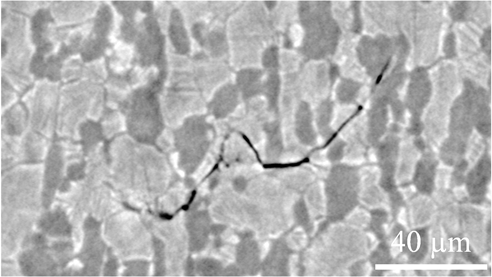
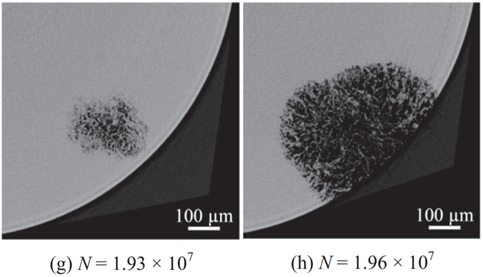
Effect of vacuum pressure on ultrahigh cycle fatigue
The vacuum pressure near a fracture is focused to clarify the difference between standard fatigue damage, which originates from a material surface, and ultrahigh cycle fatigue that progresses from inside a material. The fracture surface of a surface fracture is oxidized from exposure to air, while an internal fracture can be considered as being in a vacuum environment because it is surrounded by a material. Therefore, the propagation behavior of surface fracture is investigated in a vacuum environment to clarify the damage mechanisms in ultrahigh cycle fatigue.
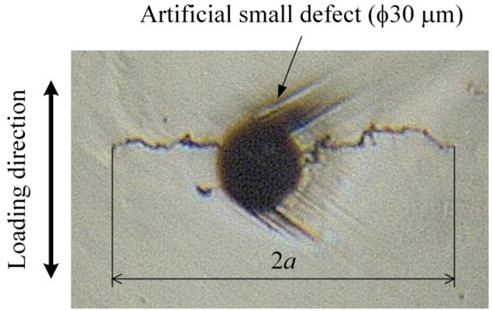
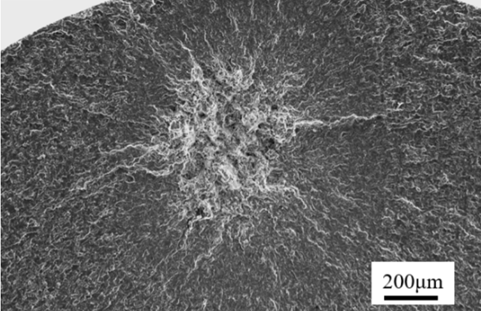
Granularization of surface texture using the scanning cyclic press method
Typical fatigue damage originates from a material surface, and thus the durability of a material can be significantly enhanced by improving the mechanical properties of the surface. Our research laboratory developed the scanning cyclic press (SCP) method, which is a new surface modification method that repeatedly loads a very precisely controlled low compressive load on the material surface. Strong amorphous or nano-granular layers can be formed on the material surface using this method, and development of technologies to improve fatigue properties and corrosion resistance properties of metal materials are anticipated.
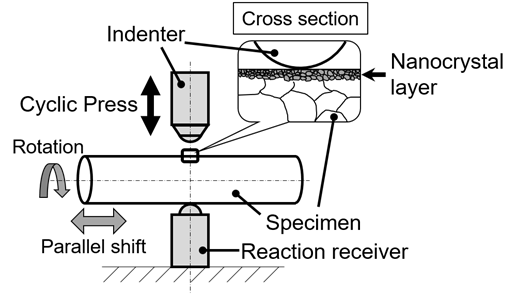
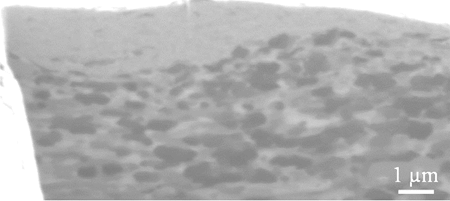
Development of low cycle fatigue damage evaluation methods
When important facilities such as power plants and industrial plants are subject to excessive repetitive load, for example due to an earthquake, invisible damage may accumulate in equipment and devices. Developing methods to rapidly and accurately detect such damage in materials and to rationally evaluate the likelihood of earthquake resistance is an important topic to safely restart facilities and stably provide electricity. This research conducts low-cycle fatigue tests emulating load due to an earthquake on materials used in plumbing in facilities, and aims to establish a fatigue damage evaluation method based on the mechanism of surface structure change.
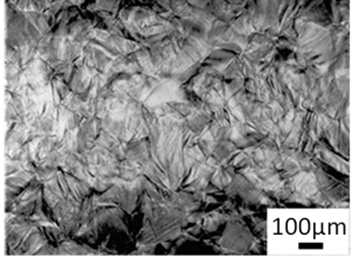

Interface strength between carbon fibers and resin in composite materials
Use of carbon fiber reinforced plastics (CFRPs) is increasing, especially in aerospace fields, because of superior specific strength and specific rigidity; however, design tends to be conservative because the fatigue damage mechanism has not been elucidated. This study focuses on the interfacial peeling between carbon fibers and matrix resin as the origin of fatigue fracture. We are working on detection of interfacial peeling at SPring-8, evaluation of strength of interfacial peeling using finite element analysis, and simulation of peeling between carbon fibers and polymers using molecular dynamics.
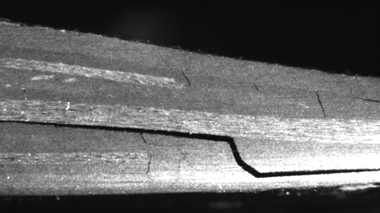
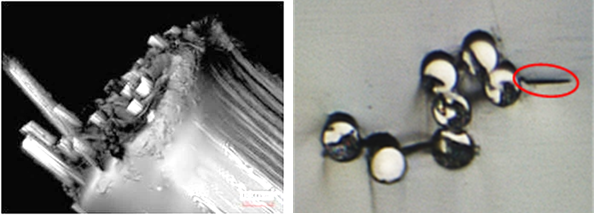
Understanding of bonding and adhesion mechanisms
The importance of bonding technologies that can conveniently join heterogeneous materials is increasing for making mechanical structures with more material types to use the optimum material for each location and to simplify manufacturing processes. Demand is increasing for adhesive agents for structural materials in aerospace and automobile fields as well as adhesive tape in electronic device and medicine fields; however, strength evaluation methods for bonding and adhesion interfaces have yet to be established. This study aims to elucidate the mechanism of how strength manifests in bonding and adhesion and aims to develop effective bonding methods.

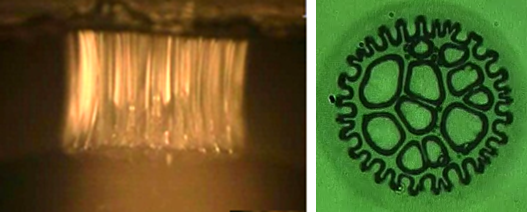
Structural deformation taking advantage of the surface wettability of solids
When the size of mechanical parts is reduced, the surface force, which is negligible on a macroscopic scale, increases its influence and starts to cause unexpected deformation in structures. In particular, the surface tension of liquids is a major problem because micropillars in MEMS could collapse. This research establishes mechanical models of deformation phenomena when a material surface comes into contact with a liquid, and aims for development into nanoscale structure formation that is difficult with mechanical machining.

